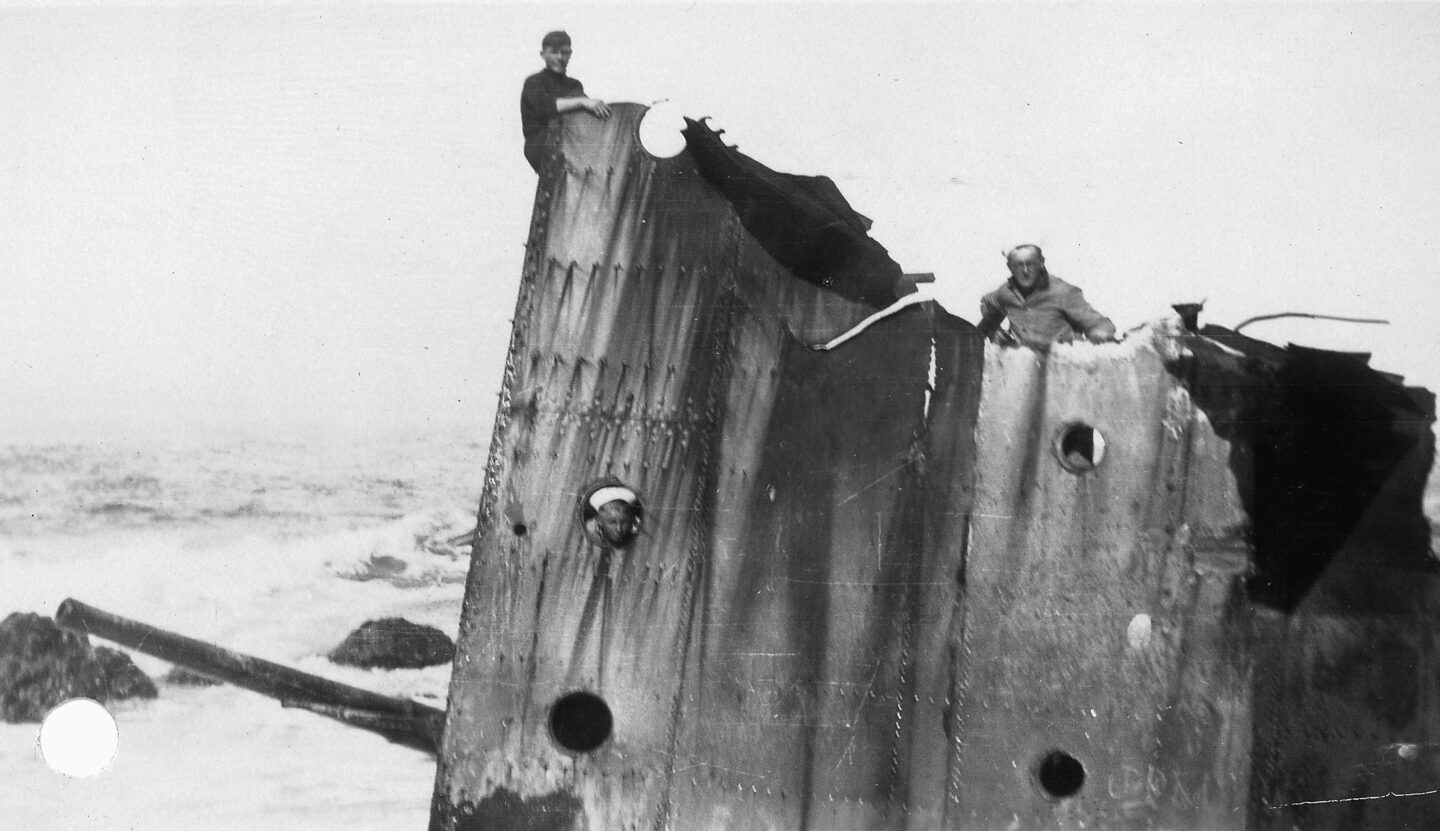Navy destroyers ran aground off the Santa Barbara County coast on Sept. 8, 1923. Santa Barbara Public Library
The Honda Point disaster and California’s malevolent coast
Over the centuries, hundreds of ships have been swallowed in the maw of California’s jagged coast. It was in early September of 1923 that one of the worst disasters unfolded as seven U.S. Navy destroyers ran aground along the Santa Barbara County coast. Twenty-three sailors lost their lives.
The ships were convoying in a column from San Francisco to San Diego as night fell on Sept. 8, 1923. The fog was thick and the sea rough. Relying on compass and speed, officers calculated erroneously that they were south of the jutting rocks at Honda Point. Just before 9 p.m., the flagship Delphy swung east toward what was believed to be the Santa Barbara Channel, ramming full speed into destruction. Six other ships piled up in her wake.

U.S. National Archives and Records Administration
The Honda Point disaster, as it became known, was the largest-ever peacetime loss of naval ships. The commanders of the wrecked ships were court-martialed. On the stand, Commander William Calhoun sobbed over the dead: “I say that many of them were but boys of 17 and 18, who, facing certain death, carried out absolutely every order without flinching.”
In the end, it was the leader of the squadron, Captain Edward H. Watson, who shouldered the blame for the disaster. He was stripped of his seniority. However, some observers, including within the Navy, felt Watson too was a victim of the true culprit: The malevolent California coast.
Read more: Vintage News | L.A. Times
This article is from the California Sun, a newsletter that delivers must-read stories to your inbox each morning . Sign up here.
Get your daily dose of the Golden State.